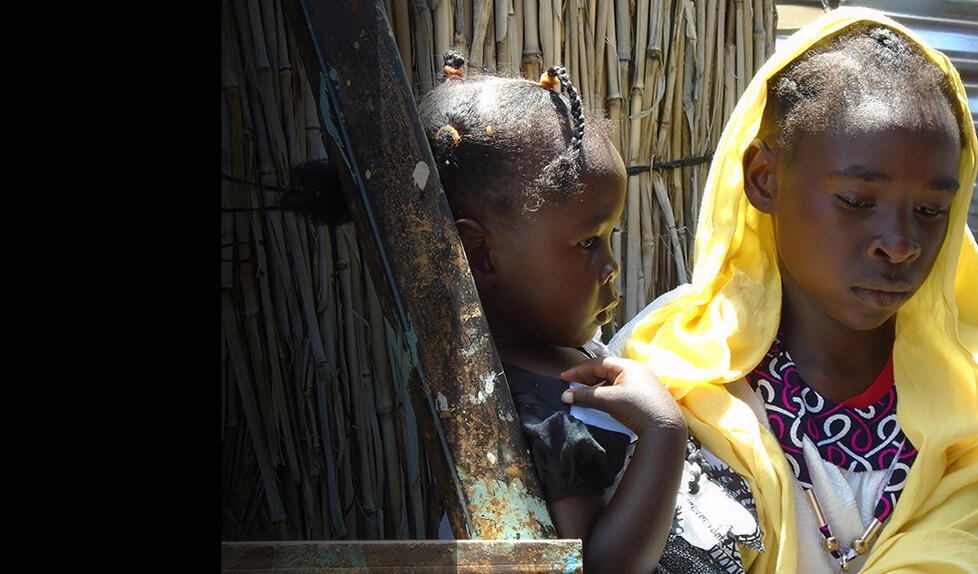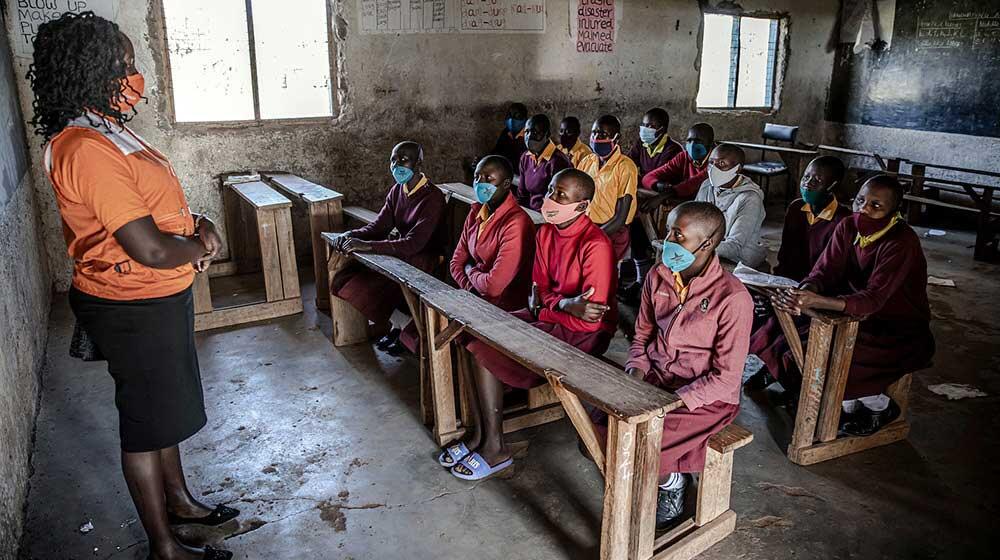Eritrea faces difficult climatic conditions and struggles with the impact of recurrent droughts. The country is also affected by flooding during the rainy season as well as other natural hazards such as desert locust infestation. As around 80% of Eritreans are dependent on subsistence agriculture for their livelihoods, these hazards have significantly increased vulnerabilities of most of the population. Food insecurity as well as lack of access to safe water, sanitation and health services present major concerns. UNFPA is working to improve access to sexual and reproductive health services for women and young people and supports health facilities that provide emergency obstetric care in Eritrea.
Denmark
Donor rankings include UN-to-UN transfers, which are UNFPA's top source of revenue overall.
1
Effective 1 January 2022, UNFPA adopted a new revenue recognition policy; however, for the purposes of this website, information is presented based on previous policy to allow comparability of information across different years.
2024 | Top
Donor Global Statistics
Donor Global Statistics
News & Updates
News story
UNITED NATIONS, New York – Researchers, advocates and leaders convened last week ahead of the United Nations Commission on Population and Development to explore the continuing severe toll of the COVID-19 pandemic on…
21 April 2021
Read Story
News story
KABUL, Afghanistan – When Nabila, 23, fell in love with the young man next door, their romance was destined to be complicated. Nabila’s hand in marriage was already promised to her cousin, a common practice in their…
13 April 2021
Read Story
News story
NUR-SULTAN, Kazakhstan – In a win for inclusion, a reproductive health publication for women with disabilities has been published in Braille for the visually impaired. “A matter of importance: your reproductive health…
06 April 2021
Read Story
Pagination
Japan
Donor rankings include UN-to-UN transfers, which are UNFPA's top source of revenue overall.
1
Effective 1 January 2022, UNFPA adopted a new revenue recognition policy; however, for the purposes of this website, information is presented based on previous policy to allow comparability of information across different years.
2024 | Top
Donor Global Statistics
Donor Global Statistics
News & Updates
News story
UNITED NATIONS, New York – Researchers, advocates and leaders convened last week ahead of the United Nations Commission on Population and Development to explore the continuing severe toll of the COVID-19 pandemic on…
21 April 2021
Read Story
News story
KABUL, Afghanistan – When Nabila, 23, fell in love with the young man next door, their romance was destined to be complicated. Nabila’s hand in marriage was already promised to her cousin, a common practice in their…
13 April 2021
Read Story
News story
NUR-SULTAN, Kazakhstan – In a win for inclusion, a reproductive health publication for women with disabilities has been published in Braille for the visually impaired. “A matter of importance: your reproductive health…
06 April 2021
Read Story
Pagination
News
For most vulnerable Nigerian women, high rates of traumatic birth injury
16 November 20171
News
Leaders urge access to reproductive health supplies in crisis settings
28 September 20171
News
Cholera poses grave risks to pregnant women in conflict-affected Nigeria
25 September 20171
News
Leaders at United Nations address sexual violence as a weapon of war
20 September 20171
News
Flooding, mudslides leave communities devastated, pregnant women in need
14 September 20171
News
“I decide for myself”: South Sudanese woman shows the power of knowledge
05 September 20171
News
Alarming shortage of health personnel in conflict-affected Nigeria
29 August 20171
Humanitarian needs

Last updated on - April 2021
Disclaimer
- Results data are reported and updated as they become available.
- -Targets and UNFPA's populations of concern, including women of reproductive age and pregnant women, are estimated using the MISP calculator.
- -Funding estimates are based on country planning processes, including inter-agency humanitarian response plans and regional refugee and resilience plans.


